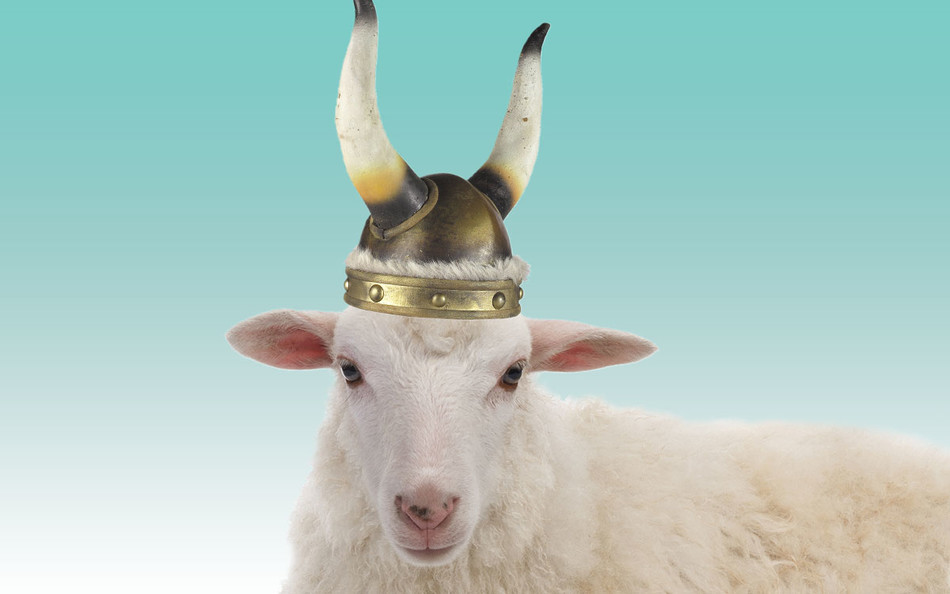It has long been thought that the Vikings, with their advanced shipbuilding skills and colonizing spirit, were the first Europeans to sail across the north Atlantic in search of new territory. Archaeological evidence indicates that they reached the Faroe Islands, an archipelago some two hundred miles northwest of Scotland, around the year 850 and went on to Iceland, Greenland, and Newfoundland soon after.
But a new study by Columbia climate scientists provides the most compelling evidence yet in support of an alternative theory that has been gaining traction among scholars in recent years: it holds that another group of pioneering seafarers — perhaps Celts — beat the Vikings to the Faroe Islands by three hundred years or more.
The Columbia scientists, led by William D’Andrea and Lorelei Curtin ’21GSAS, were analyzing ancient lakebed sediment that they had collected in the Faroes to better understand the region’s climate history when they made an unexpected discovery. In a layer of mud extracted from a lake near the village of Eiði (pronounced “eye-yuh”) and dated to about the year 500, they found sheep DNA and evidence of sheep excrement — surefire signs of the presence of humans, the researchers say, since sheep are not native to the Faroes and could only have arrived with people.
“It’s clear that a sizable population of sheep was brought here from somewhere else, because the animals’ DNA and fecal biomarkers appear in the sedimentary record all at once — it’s like an on–off switch,” says D’Andrea.
While previous studies had found that vegetation on the Faroe Islands underwent changes consistent with the introduction of human agriculture before the Vikings’ arrival, the Columbia researchers say that their findings provide “unequivocal evidence” of earlier settlement. (No Indigenous peoples are thought to have ever inhabited the Faroes.)
So who first undertook the long and perilous trip in uncharted waters to colonize these islands, and what was their fate? D’Andrea points out that ancient Celtic texts refer to monks and others having settled distant northern islands before the Norse period, but that more evidence is required to place Celts on the Faroes. He and his colleagues are currently analyzing lakebed sediment they collected elsewhere on the Faroe Islands in hopes of finding clues about the origins of the early settlers, how long they survived in their new home, and whether they overlapped with the Vikings. “I’m sure there’s more information hidden away in the material,” he says.
This article appears in the Spring/Summer 2022 print edition of Columbia Magazine with the title "What sheep droppings reveal about the Vikings."



